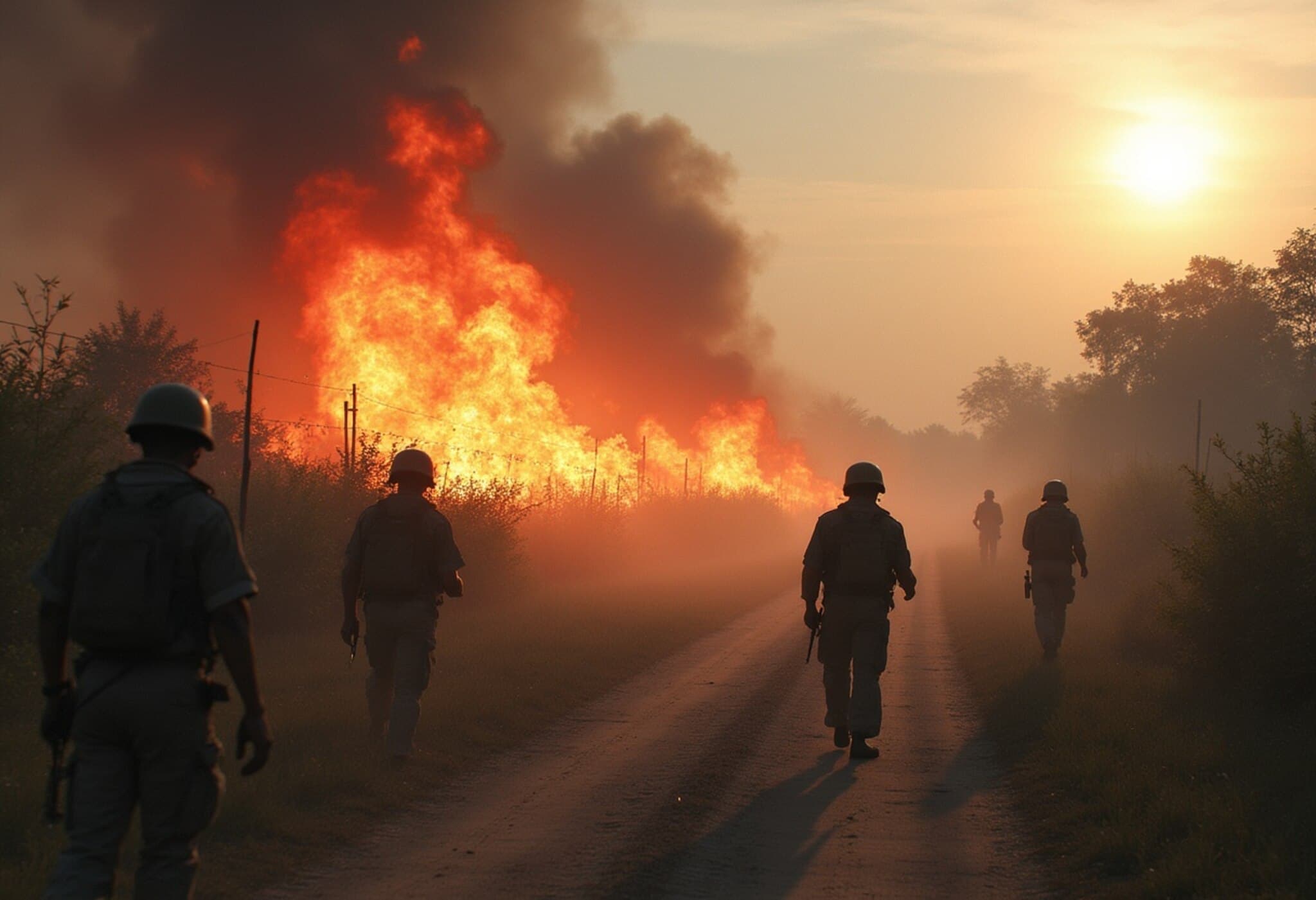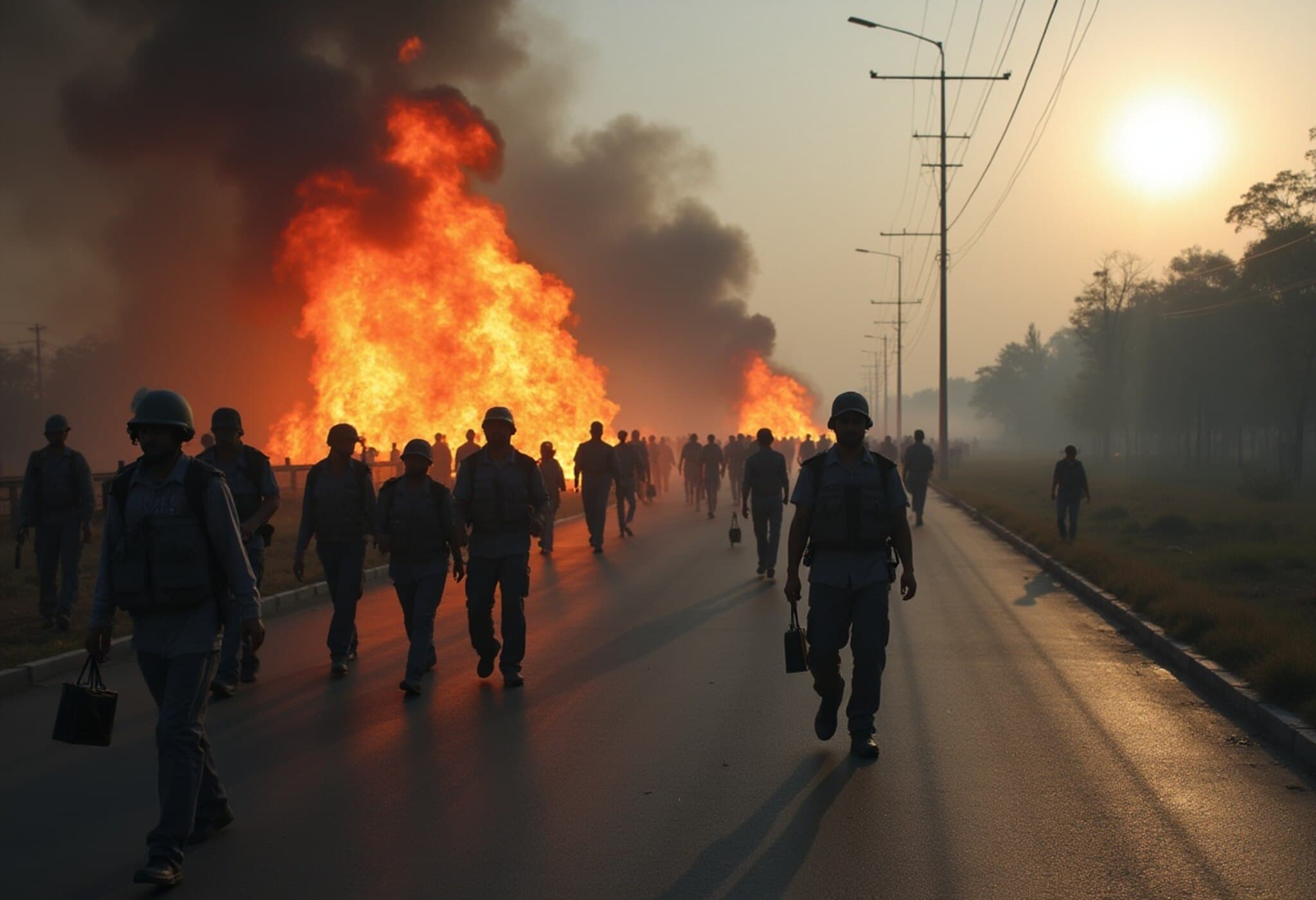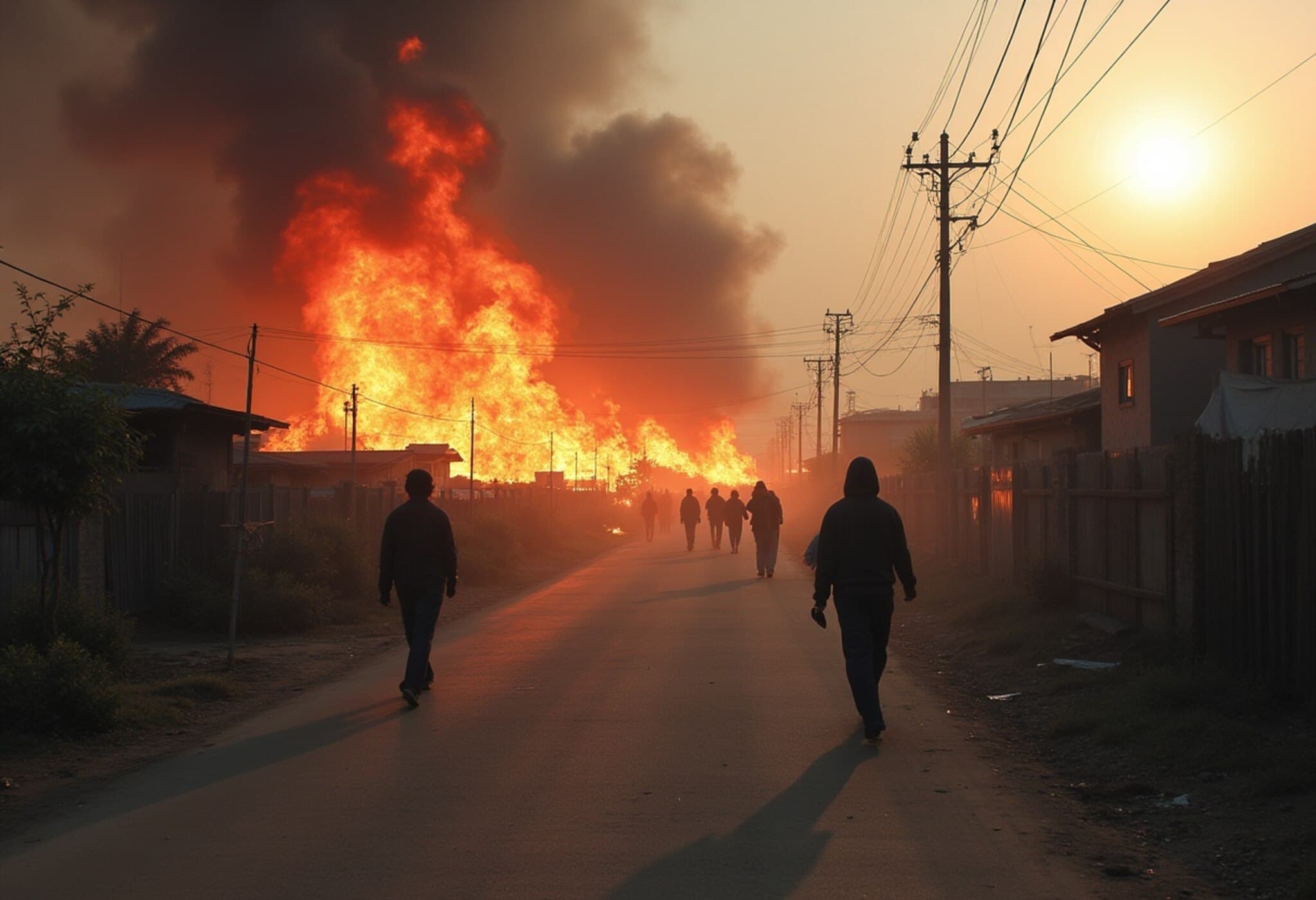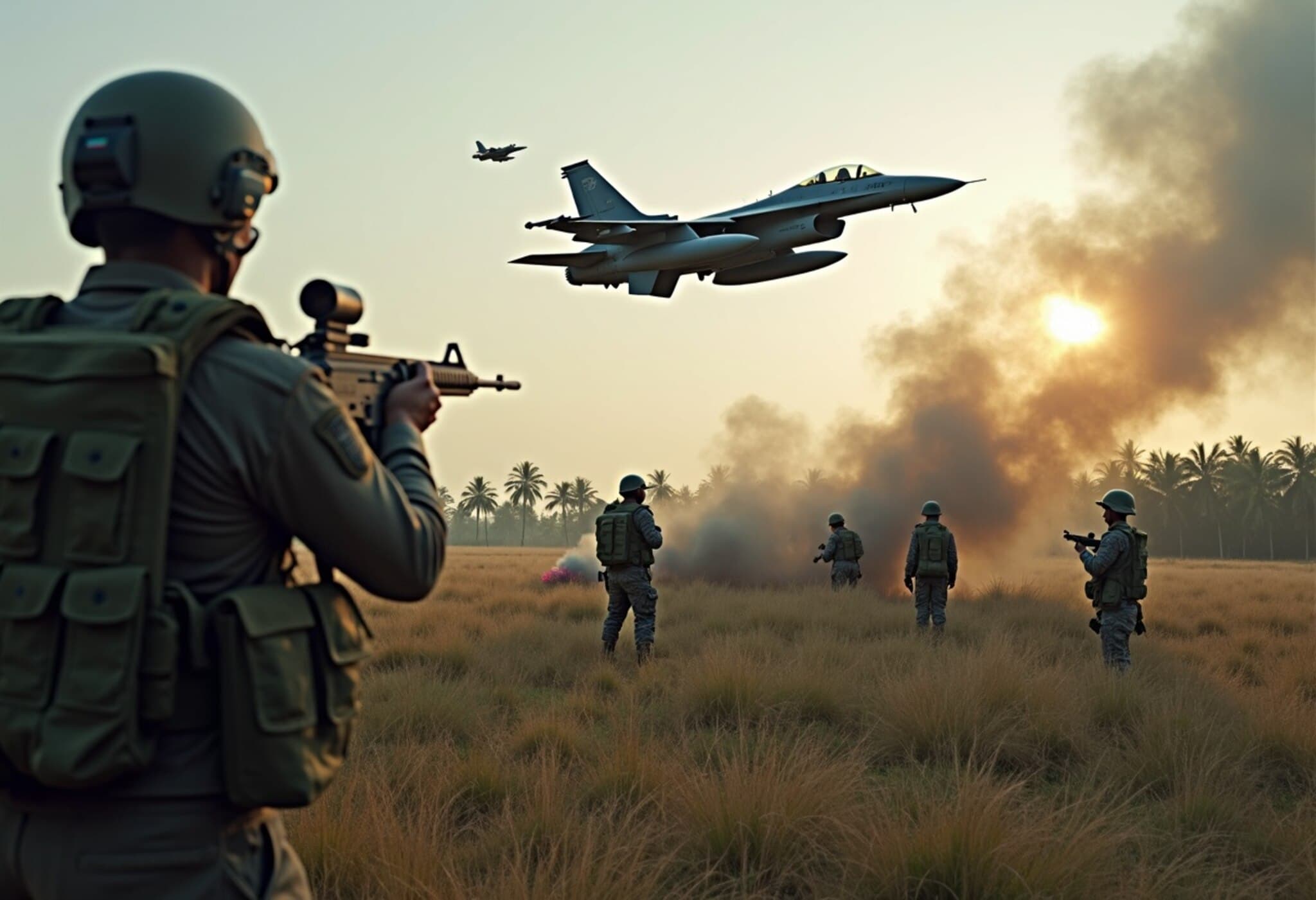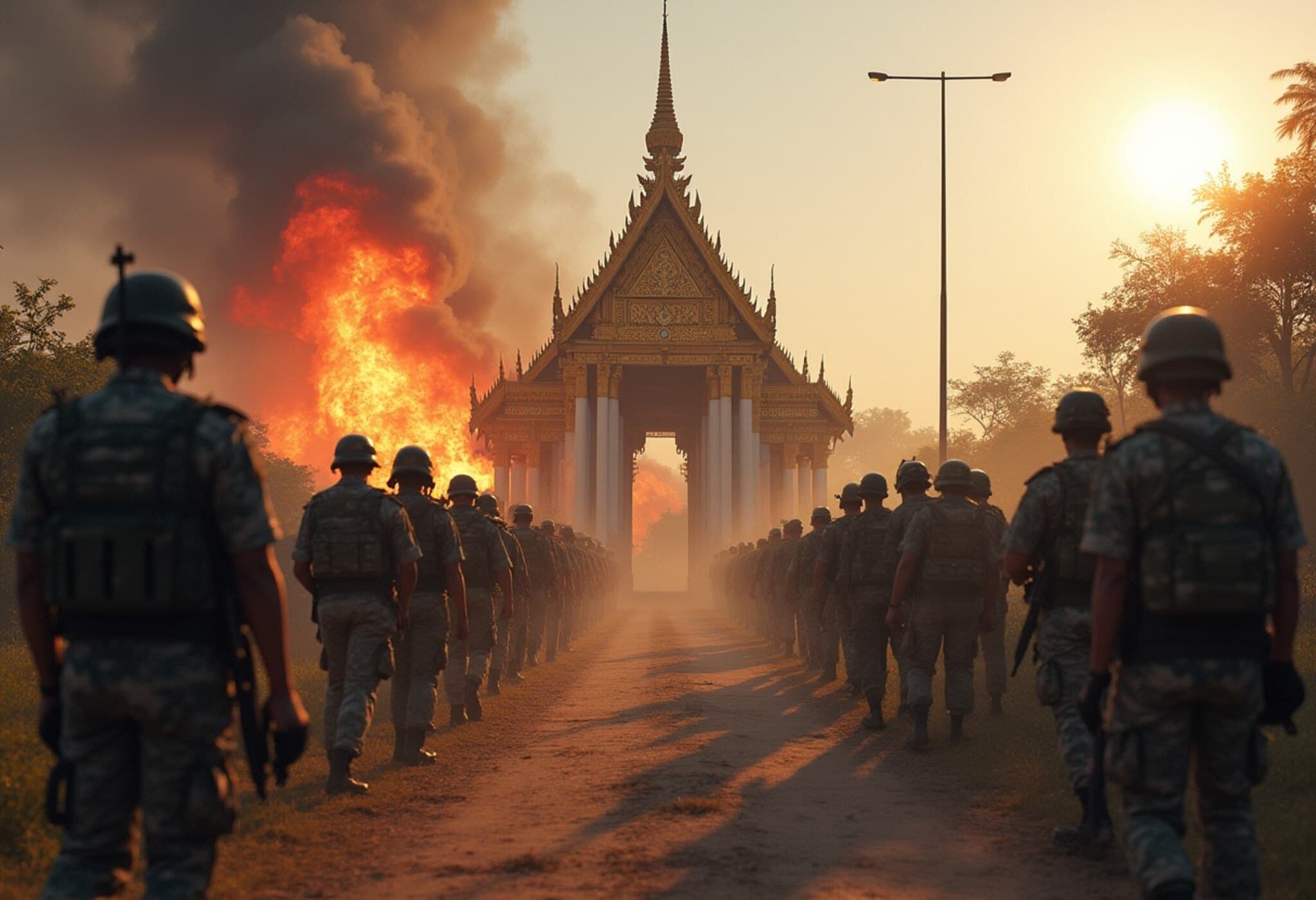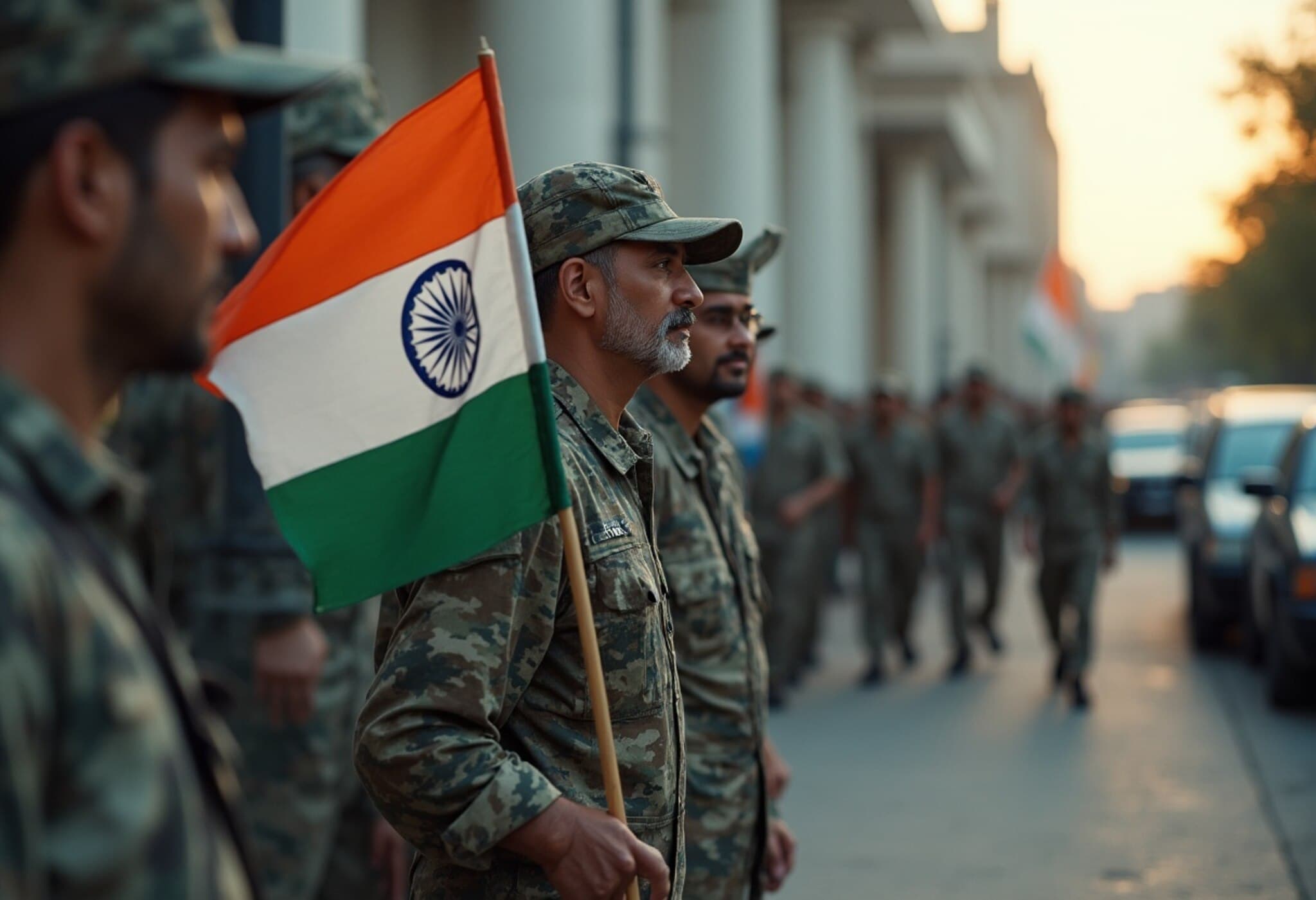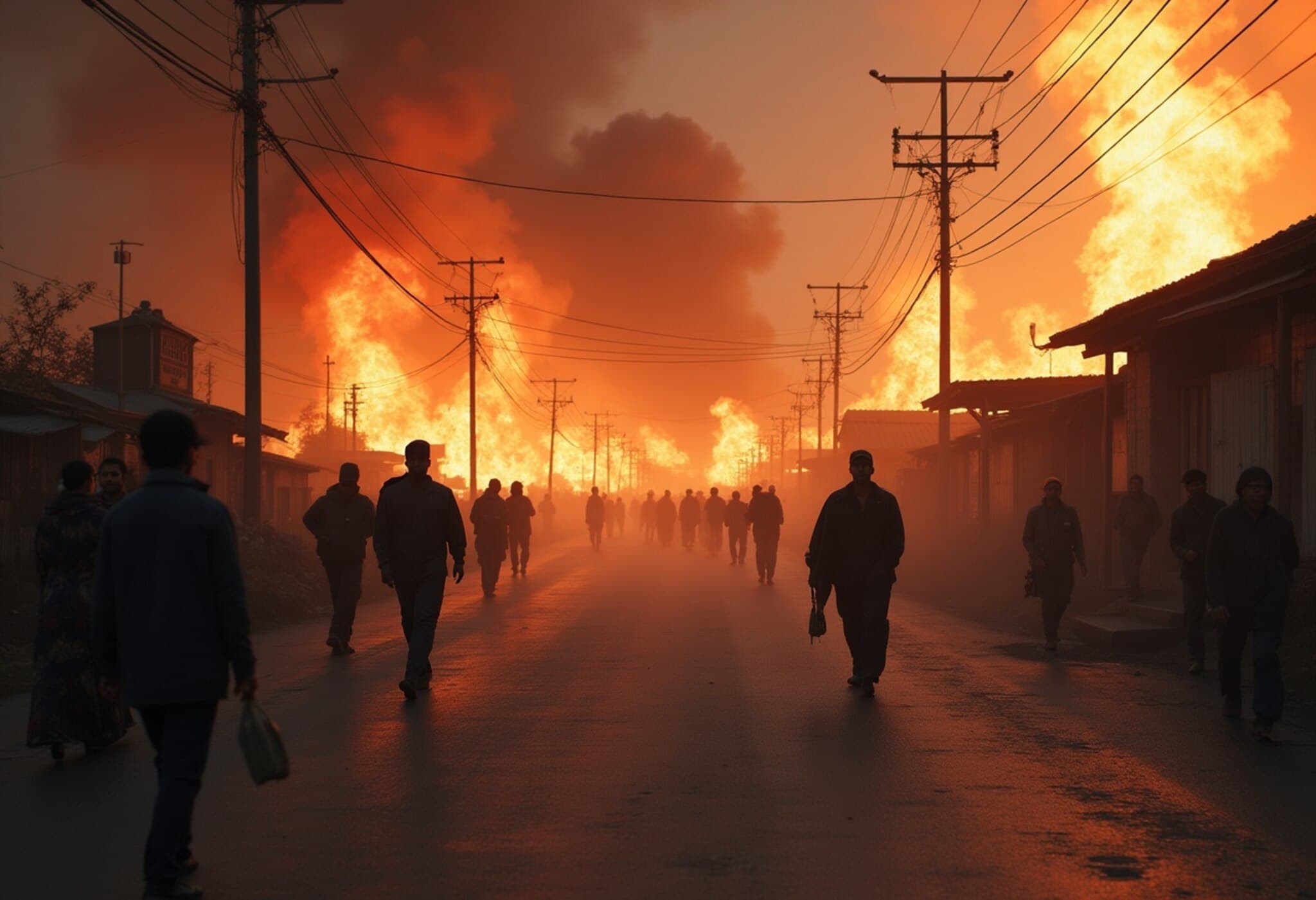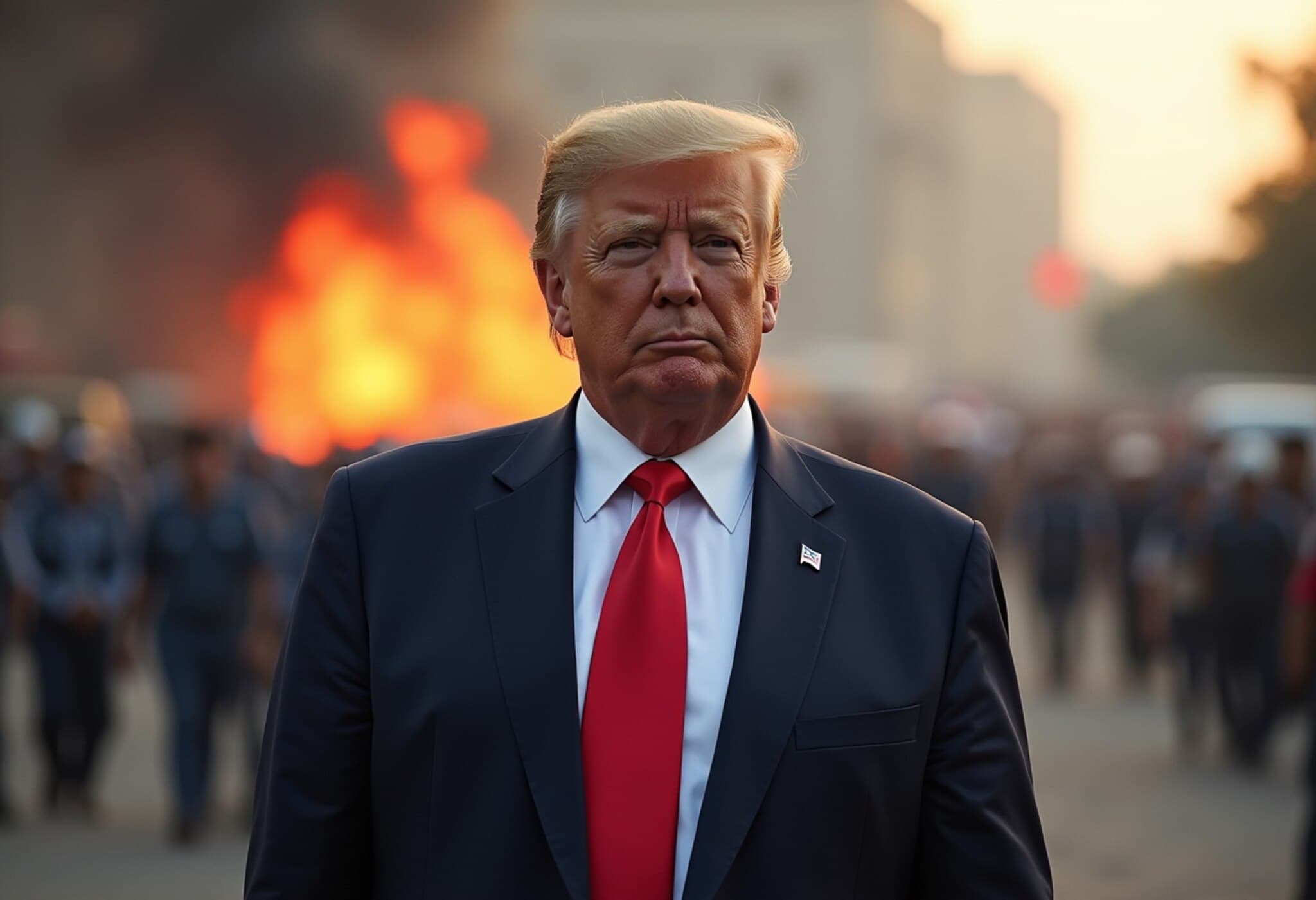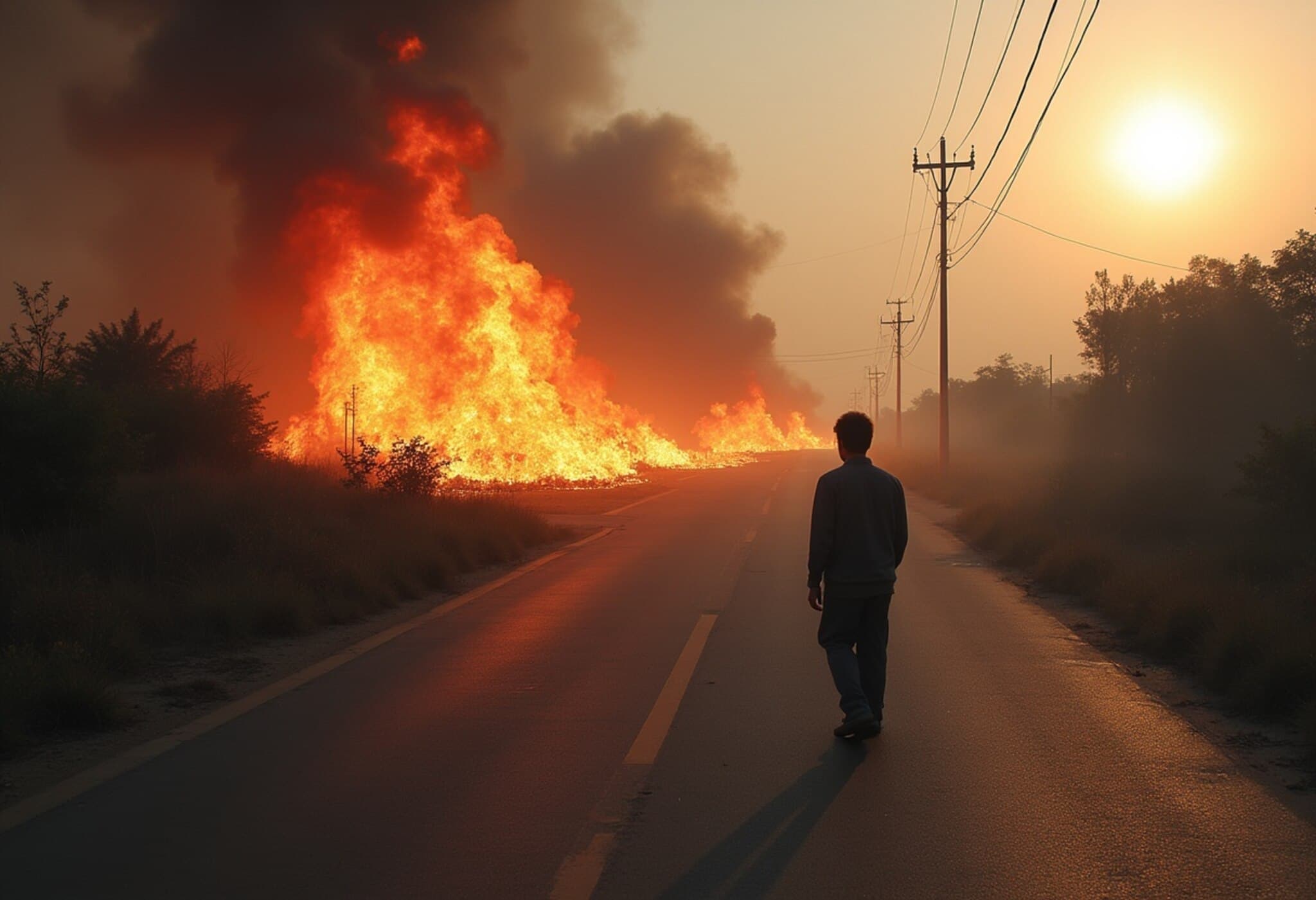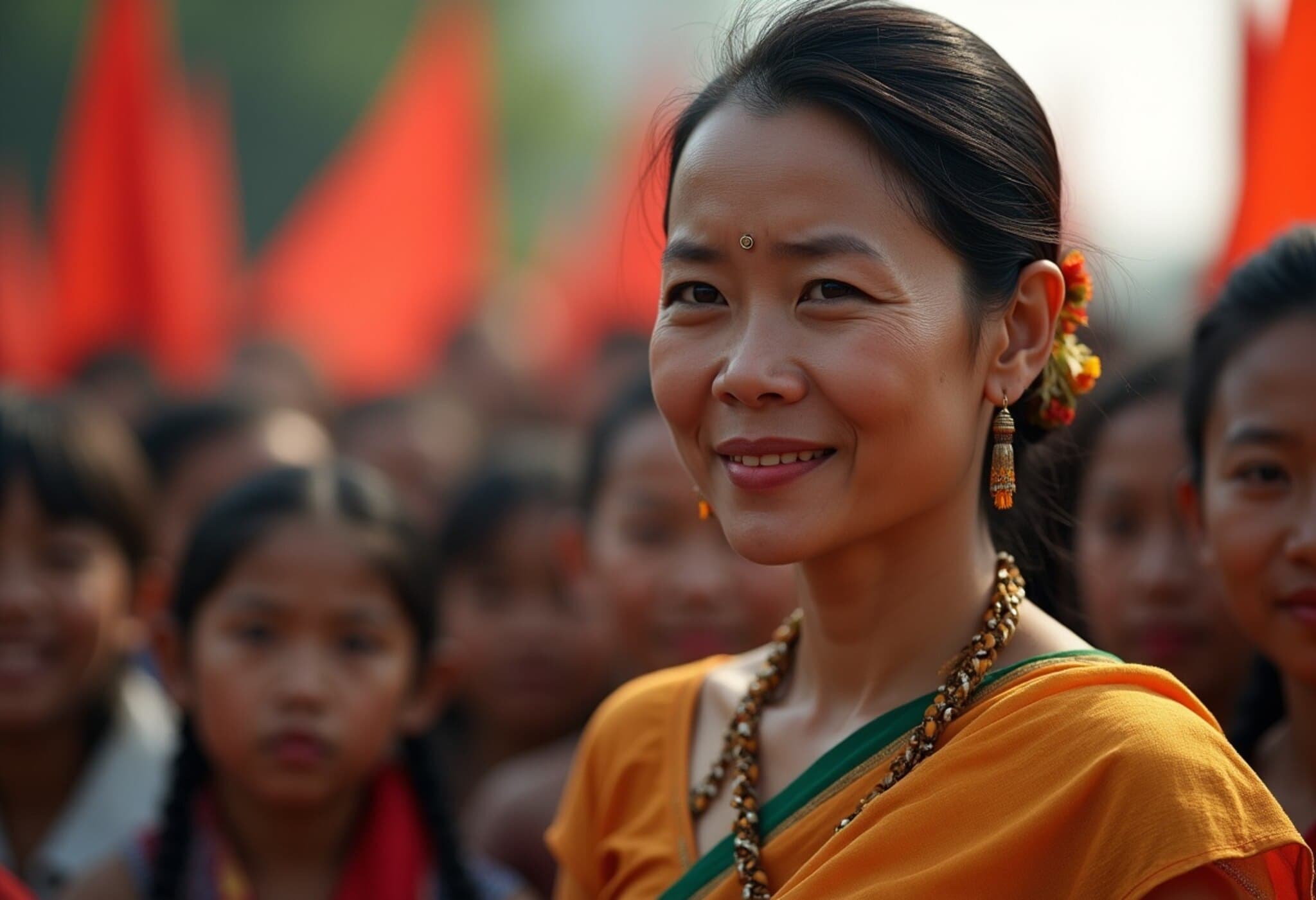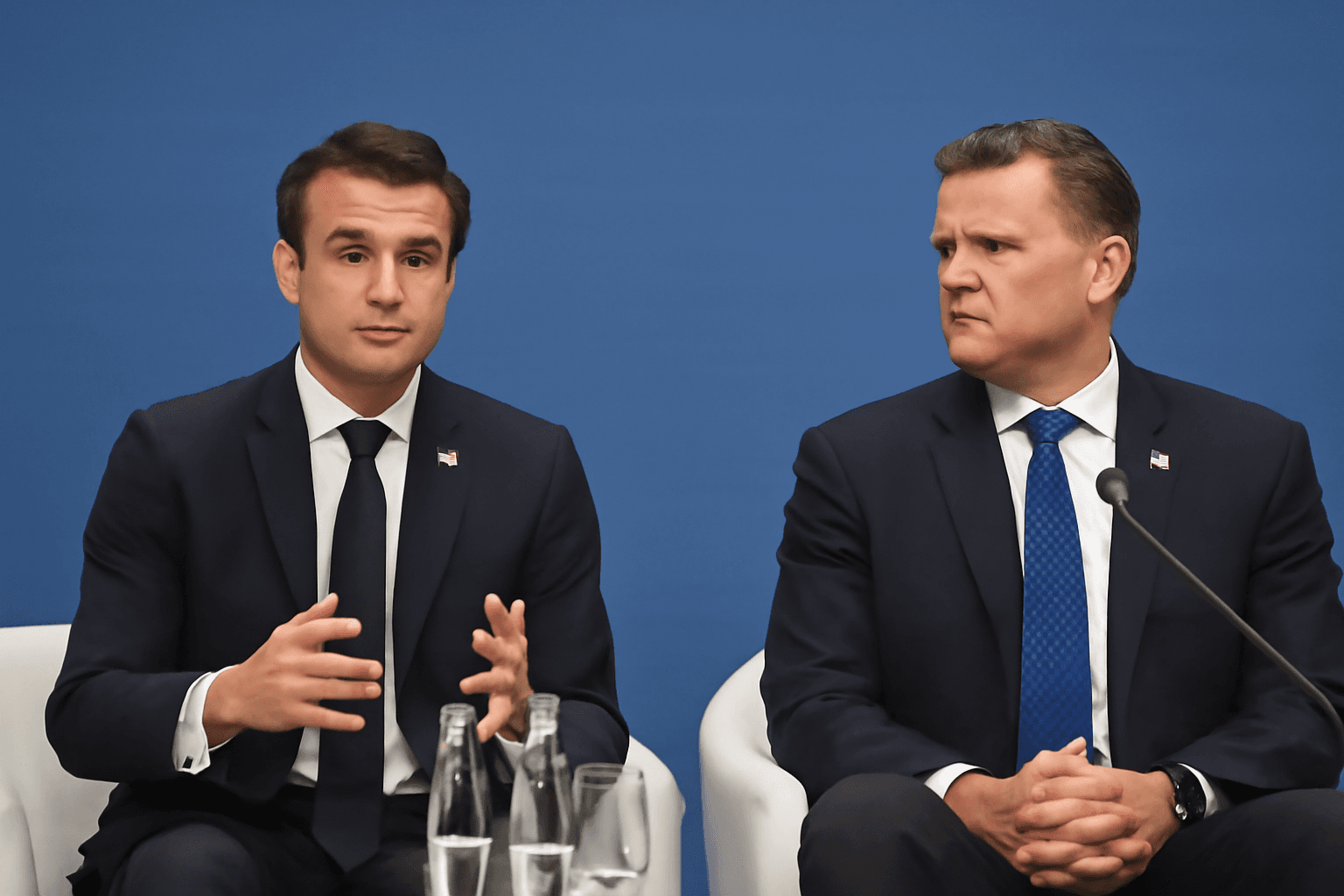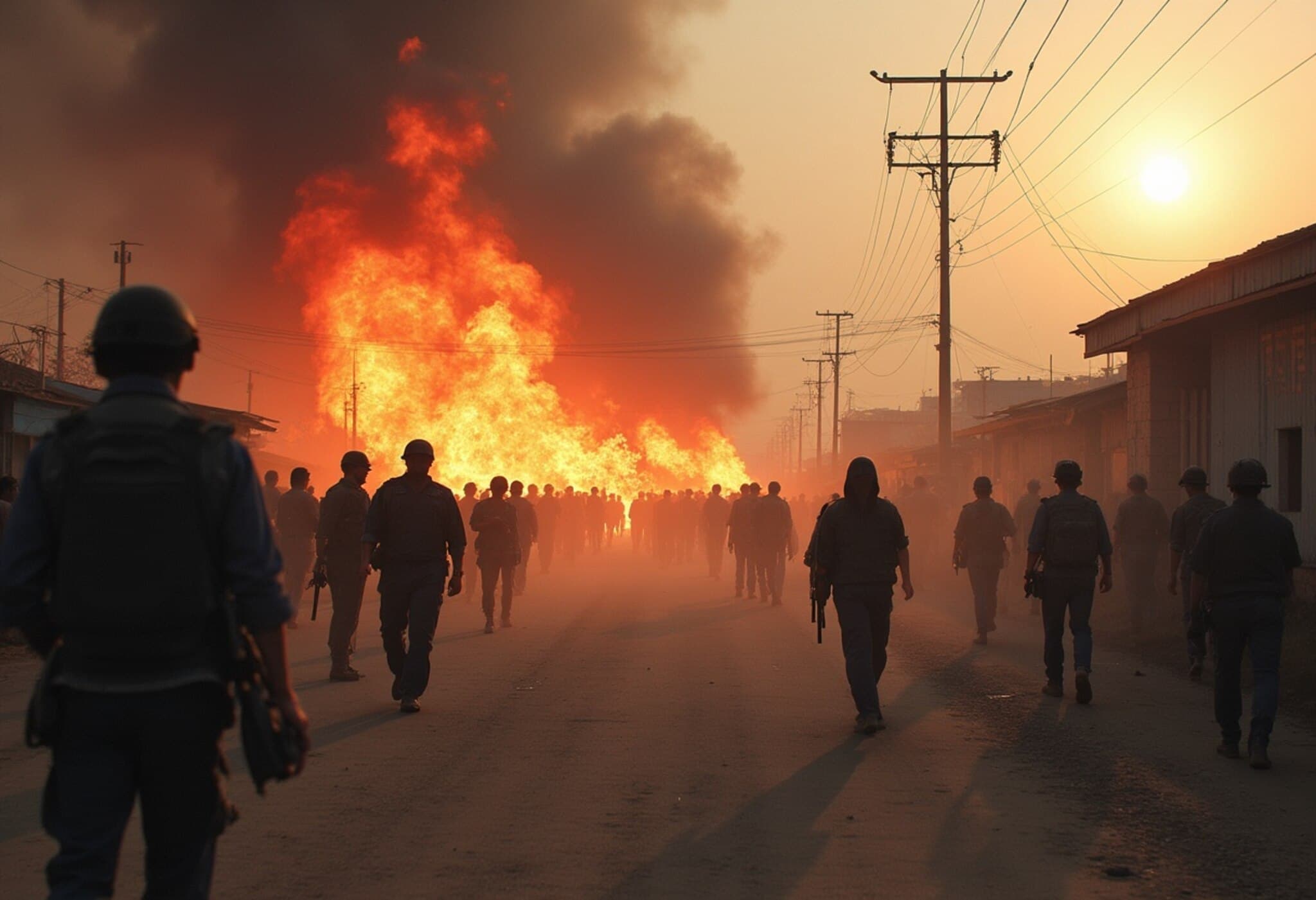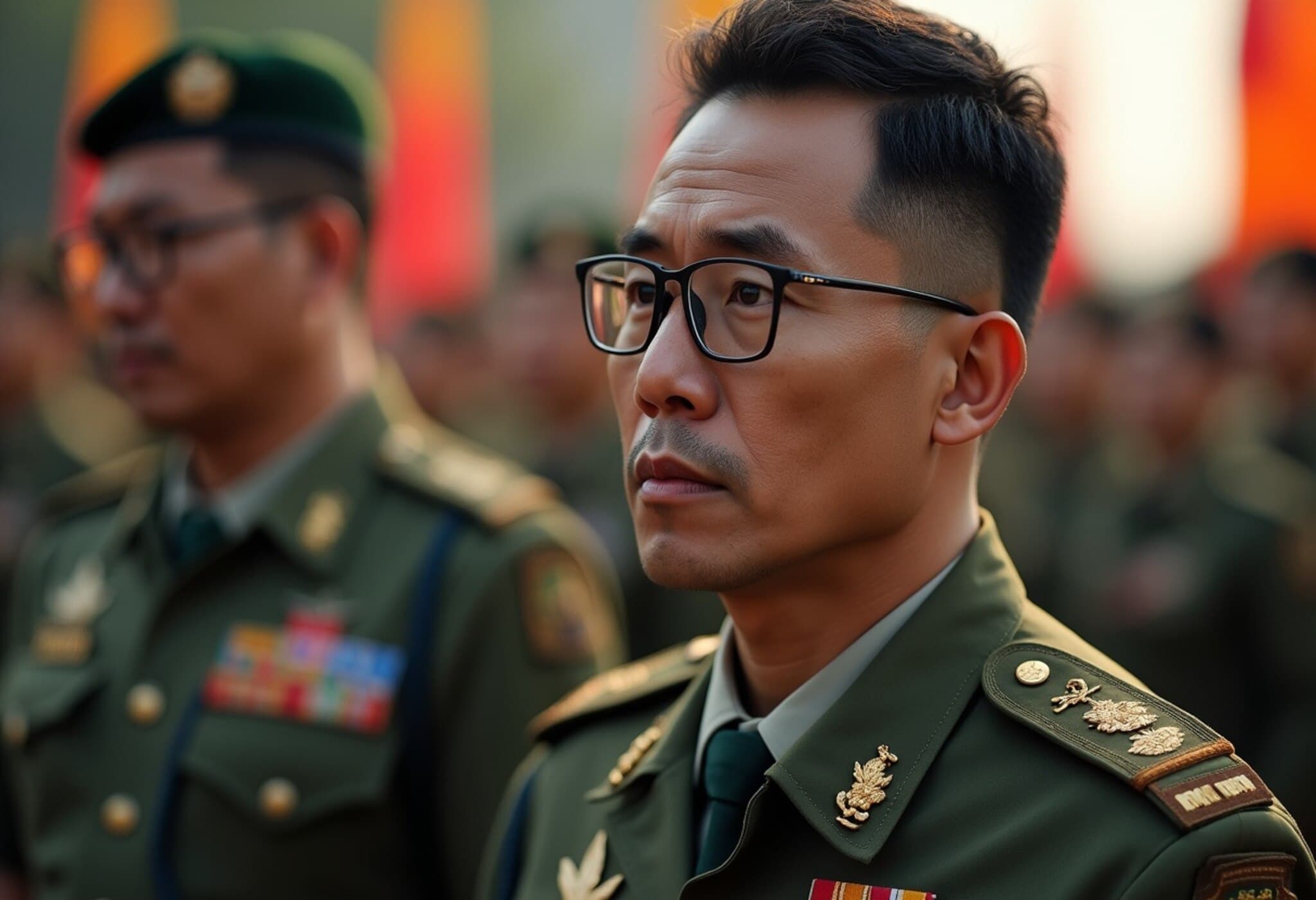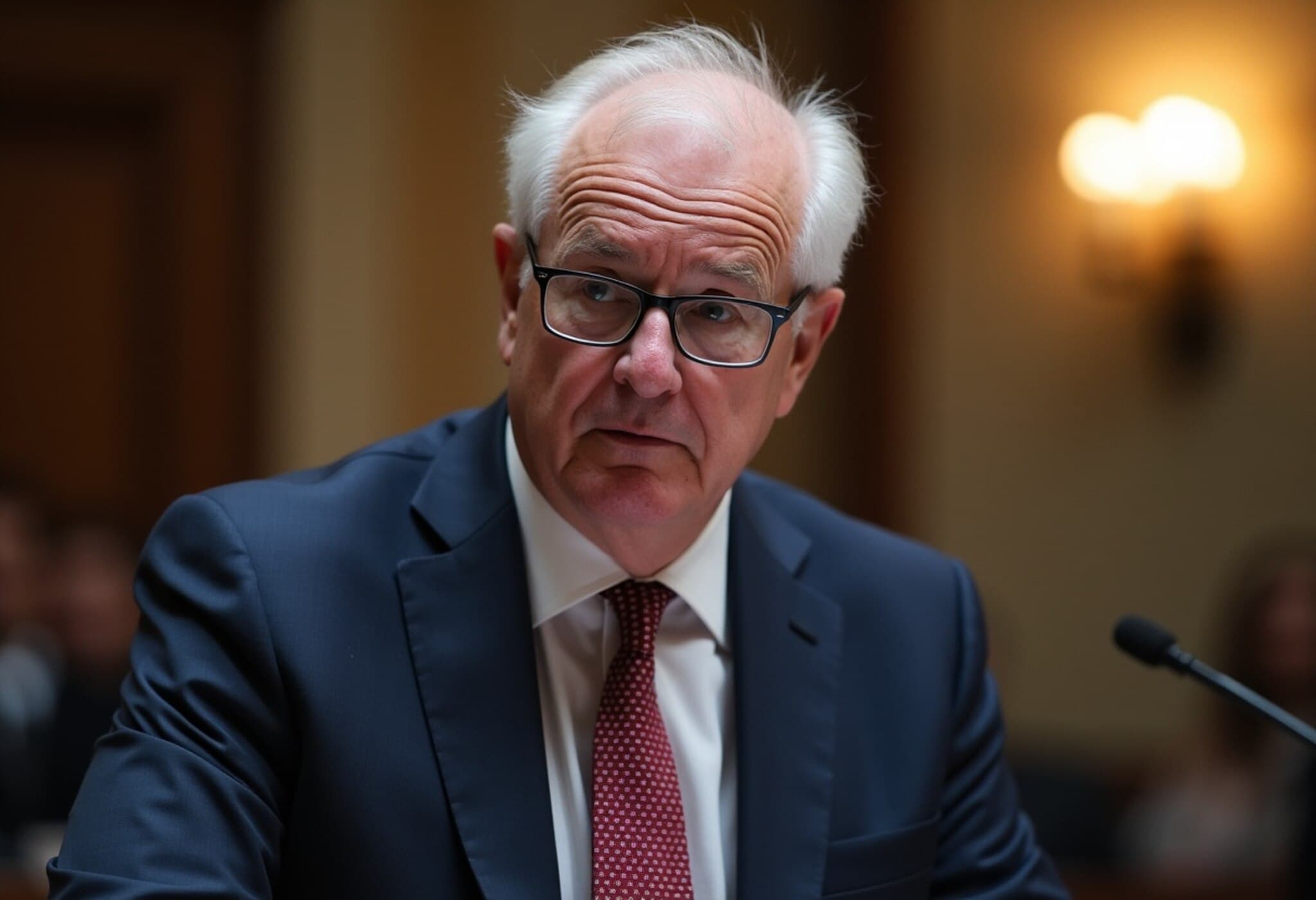Escalation of Border Conflict Between Thailand and Cambodia
On July 24, 2025, tensions between Thailand and Cambodia reached a dangerous new peak as a Thai fighter jet struck targets inside Cambodia, following a barrage of rocket attacks on Thai territory. The violent exchanges across the long-disputed border have tragically resulted in the deaths of at least nine people, including a child, and dozens more injured. The incident marks one of the most severe flare-ups in a simmering conflict that has spanned decades.
Clashes Ignite Along Multiple Points on the Border
The hostilities erupted early Thursday morning with gunfights reported at as many as six locations within contested borderlands. These areas, rich in history and strategic importance, have long been a flashpoint between the two nations. Cambodian forces reportedly fired heavy artillery at a Thai military base, also shelling civilian areas, according to Thailand’s foreign ministry.
In response, Thailand deployed an F-16 fighter jet, which military officials said destroyed a significant Cambodian military position near an area known for fierce fighting from 2008 to 2011, a conflict that claimed over 30 lives on both sides. The escalation has sent shockwaves through the local communities, with footage capturing thick smoke rising from a gas station in Si Sa Ket province, one of the worst-hit zones.
Human Cost and Displacement
Among the casualties is an eight-year-old boy, highlighting the tragic toll the conflict is taking on civilians. Reports from Cambodia’s Oddar Meanchey province depict chaotic scenes at a school, where students and teachers fled amidst gunfire. The violence has forced many residents to seek refuge, including Thai villagers who crossed deep into Surin province to escape the fighting.
Diplomatic Fallout and Calls for International Intervention
Amid the clashes, Cambodia's government has appealed for urgent intervention, submitting a letter to the United Nations Security Council to request an immediate meeting aimed at de-escalating the situation. Both governments have exchanged accusations, with Cambodia condemning Thailand’s actions as a severe breach of international law. Thailand counters that Cambodian forces provoked the attack, with reports of Cambodian soldiers advancing armed with RPGs near Thai military bases.
Just hours before the outbreak of violence, Thailand expelled Cambodia's ambassador and recalled its envoy, signaling the deepening diplomatic rift. The situation paints a worrying picture of a border dispute escalating beyond conventional skirmishes into full-scale military engagements.
Background: A Long-Standing Territorial Dispute
The origins of the hostilities trace back decades, centered on contested territorial claims following colonial-era border delineations. The most recent crisis began with a skirmish on May 28, 2025, and since then, the situation has steadily deteriorated.
Additionally, landmines remain a deadly issue. Recently, several Thai soldiers were wounded stepping on mines alleged to have been planted by Cambodian forces, although Cambodia claims many are remnants of past conflicts, underscoring the enduring dangers facing communities and soldiers alike.
Expert Insights: Navigating a Complex Geopolitical Landscape
This latest escalation highlights the fragility of peace in Southeast Asia, where historical grievances and national pride often intertwine. Analysts note that the international community must tread carefully, promoting dialogue and conflict resolution mechanisms to prevent further loss of life and regional destabilization. The United States and ASEAN partners could play pivotal roles in mediating this conflict, which carries ramifications for regional security and economic stability.
Moreover, the humanitarian consequences demand urgent attention. Displacement, civilian casualties, and infrastructure damage exacerbate existing vulnerabilities in border provinces, which frequently suffer from underdevelopment.
What’s Next: The Road Ahead
- Monitoring calls from the UN Security Council for a ceasefire and peace talks.
- Increased humanitarian aid for displaced civilians on both sides of the border.
- Diplomatic efforts to address historical territorial claims with a long-term framework to prevent future violence.
Editor’s Note
The recent violence between Thailand and Cambodia underscores how unresolved border disputes continue to trigger tragic consequences. As global attention turns to this conflict, the critical questions remain: How can these nations reconcile deeply rooted historical tensions? What role should international actors play to foster a sustainable peace? Ultimately, avoiding further bloodshed requires courage, diplomacy, and a renewed commitment to dialogue, reminding us that stability in Southeast Asia hinges not just on military might, but on mutual respect and understanding.

